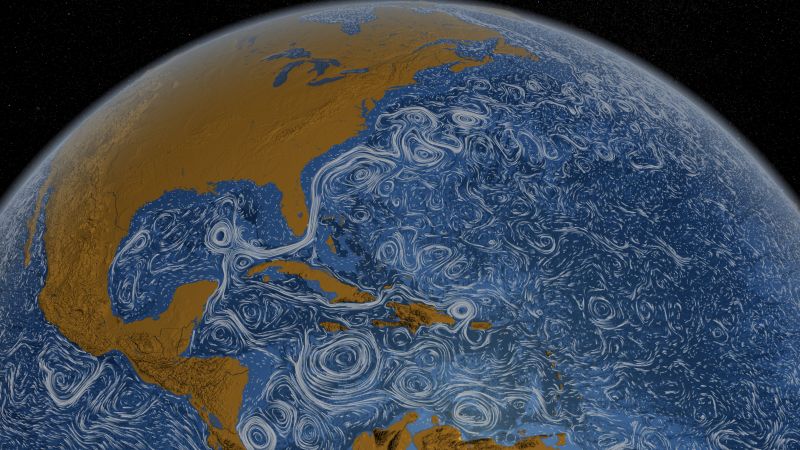RSS feed source: National Science Foundation
“Today, I am announcing my decision to step down as Director of the U.S. National Science Foundation (NSF), effective today. It has been an honor and privilege to serve as the Director of NSF for the last five years. I believe I have done all I can to advance the critical mission of the agency and feel that it is time for me to pass the baton to new leadership.
I came to NSF inspired by its mission, with a desire to serve the scientific community alongside the exceptional people of the agency. This has motivated me every day over the last five years. I have always believed that innovation and opportunities must be unleashed everywhere at speed and scale, thereby nurturing talent in every corner of our great nation. This will ensure we remain competitive and innovative on a global scale.
This is a pivotal moment for our nation in terms of global competitiveness. NSF is an extremely important investment to make U.S. scientific dominance a reality. We must not lose our competitive edge.
I am deeply grateful to both Presidents for the opportunity to serve our nation. I am also thankful for the strong bipartisan support of Congress and the tireless efforts of the amazing staff at NSF. I wish the very best for the agency and will always look proudly at the
Click this link to continue reading the article on the source website.



